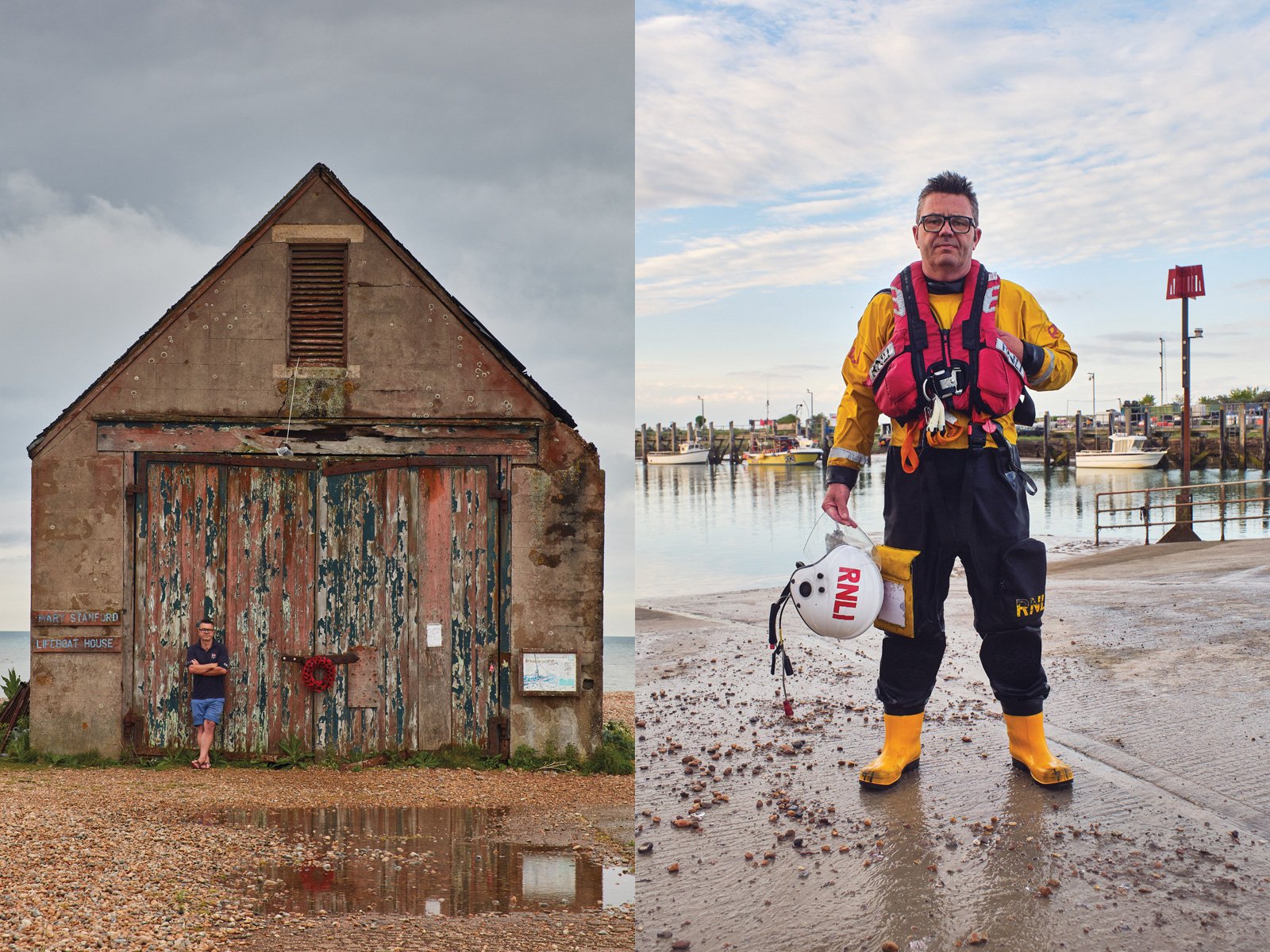RNLI
Your pager can go at really inconvenient times, halfway through a haircut, in the cinema or on your birthday. So you drop everything and go! It is a massive team effort.
Stuart Clark - Mary Stanford Lifeboat House and RNLI Rye Harbour
Have you and your family lived in the Rye Harbour for a while?
Stuart. Some of my earliest memories are from the harbour. My dad was born about a hundred yards away, on Tram Road. If you are born in the harbour, you’re known as a duck or a harbour duck. Initially, the people of Rye meant the name as a slur, but the residents of the harbour took it to their hearts as a term of endearment. I lived in the same house where my dad was born when I was six months of age with my nan and grandad while we waited for our home to be built. Growing up, this area was our playground, the river, the allotments, and Camber Castle, which didn’t have a fence around it; that was ours to play with.
I learned to swim at the harbour, believe it or not, and the catwalk in front of the RNLI Boathouse was our diving board. As long as we could swim across the river and back unaided, you could go wherever you wanted, without an adult. So there was some water safety back then, but not like today. Hanging around with my brother and cousins, I have fond memories of the whole village. It was so friendly, and so many grown-ups we called aunt or uncle; we weren’t related; it was just what we did.
It was more of a fishing village until maybe 20 years ago. So the connection to the sea has always been there. My grandad used to go shrimping down the beach every day; he sold them by the pint. He did that until within about six months of becoming seriously ill and passing away. So he would be down there catching shrimps and we ate them, a lot. They weren’t well off, but with the allotment, growing fruit and veg and my dad’s middle brother, Malcolm, fishing out of Rye, we had enough. So he would bring home whatever was spare. We would eat fish which is quite popular these days. We would have scallops that weren’t so popular in the 70s and 80s; we loved them, they would go in the pot. So the unpopular fish, like whiting, gurnard, brown crabs, they taste so much better than your everyday cod.
Memories of sitting by the electric shrimp boiler; it was a big 50-gallon drum filled with seawater, nothing fancy; boil the shrimps up and then eat them while they were hot. Straight onto thickly buttered white bread, so it melts. We were sitting in front of a coal fire watching the snooker on a Saturday afternoon. You feel connected to the sea.
My uncle, Malcolm, was one of the crew who brought the boat back here in the 60s after the disaster; there was no lifeboat here from 1928; it was taken away and closed up until 1966. There was nobody to crew it, the disaster wiped out that generation of men. All of the men on my grandad’s side were fishermen and his older brothers Will and Les were on the lifeboats; and they died on the Mary Stanford in their early 20s. Before that time, there weren’t any records of my family on the lifeboat that I know of, but they probably were.
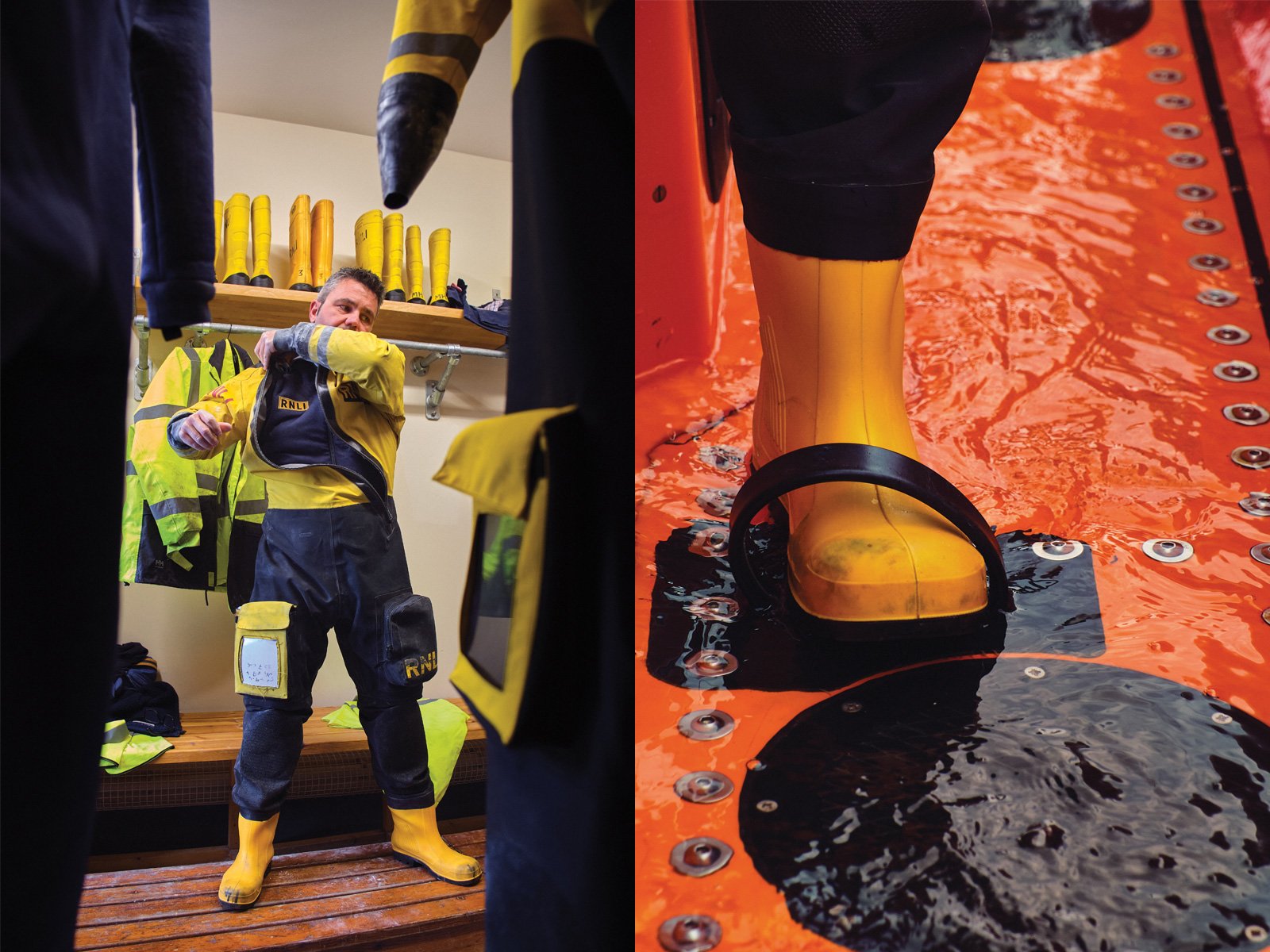
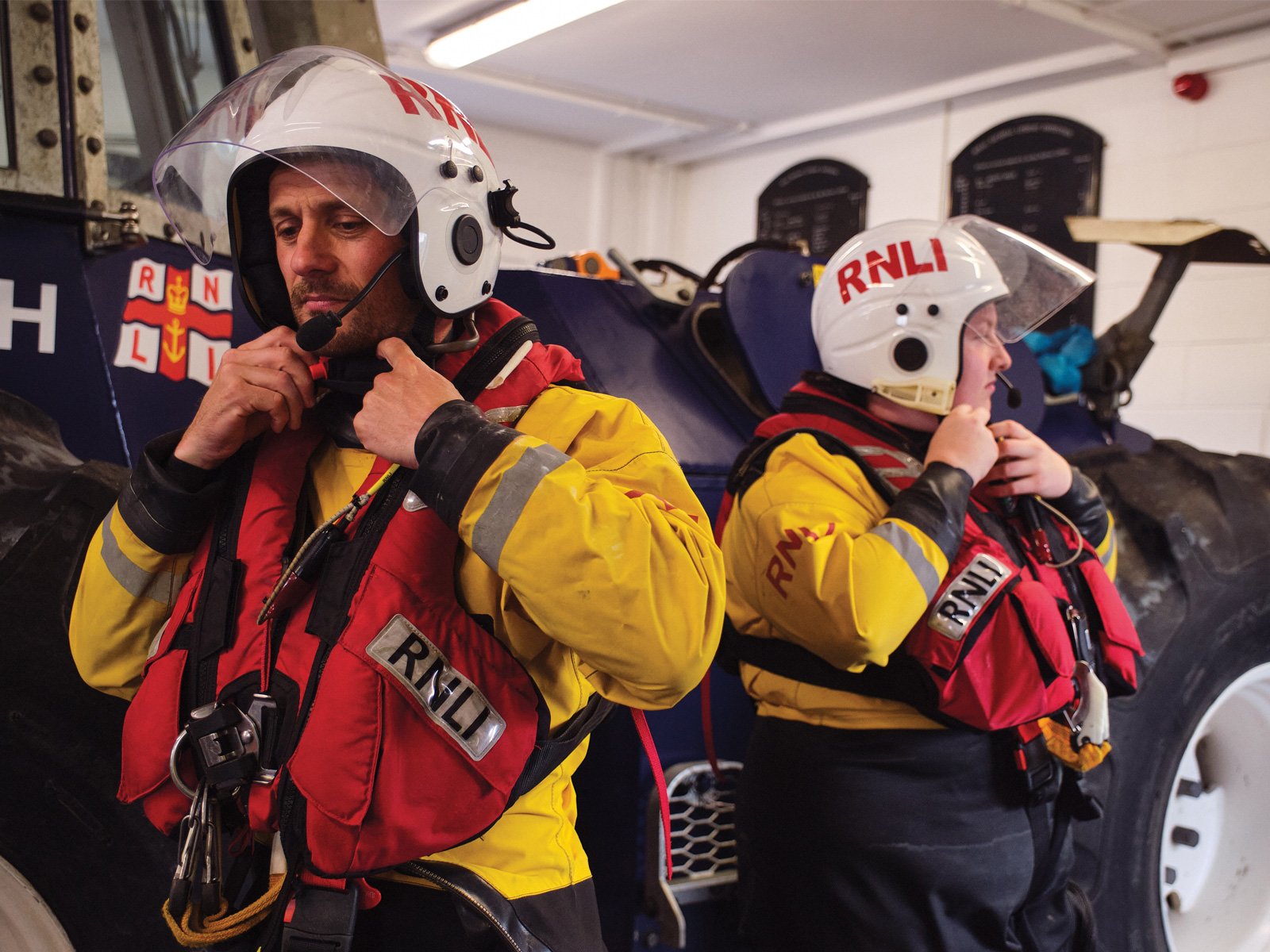

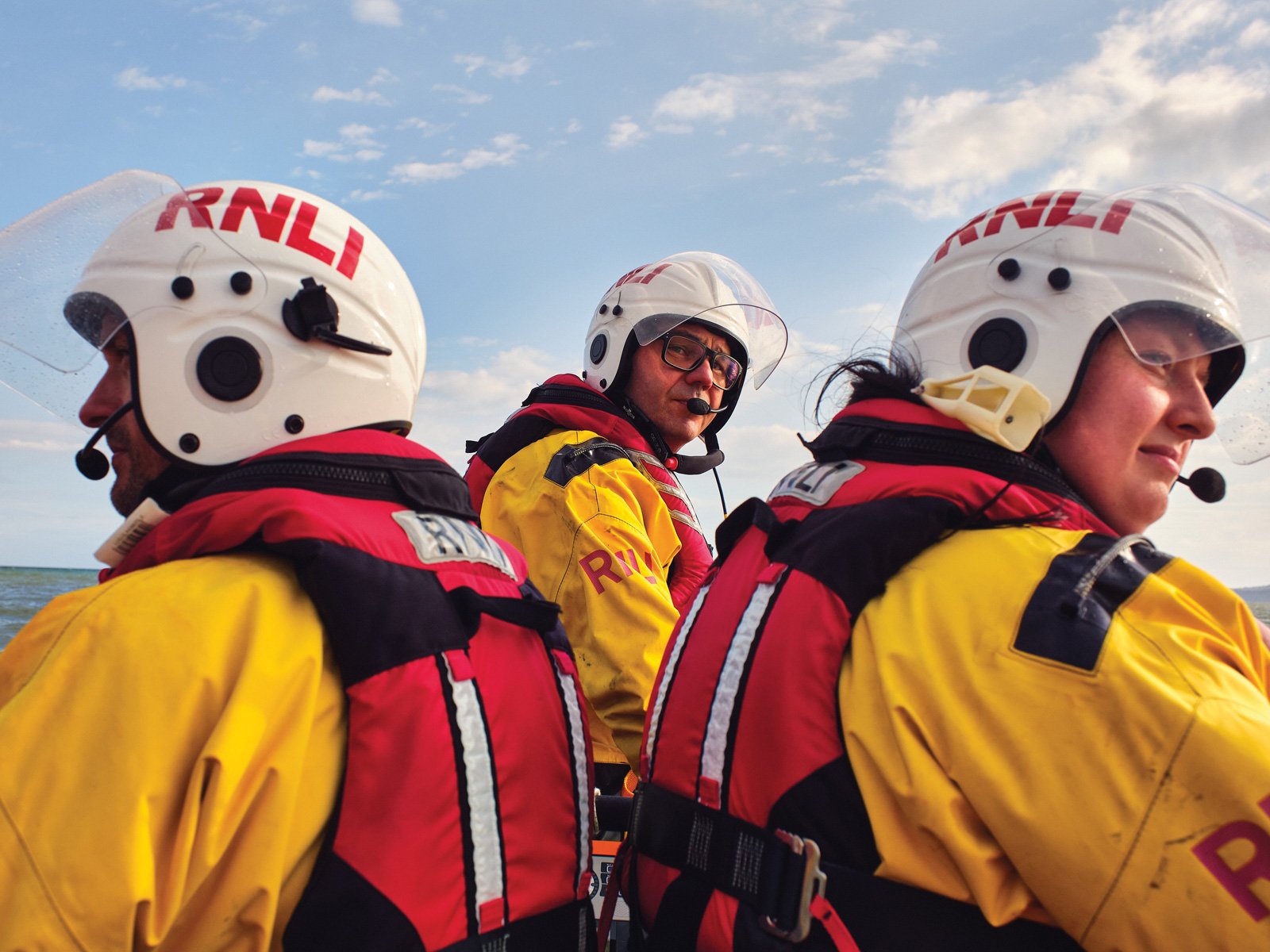
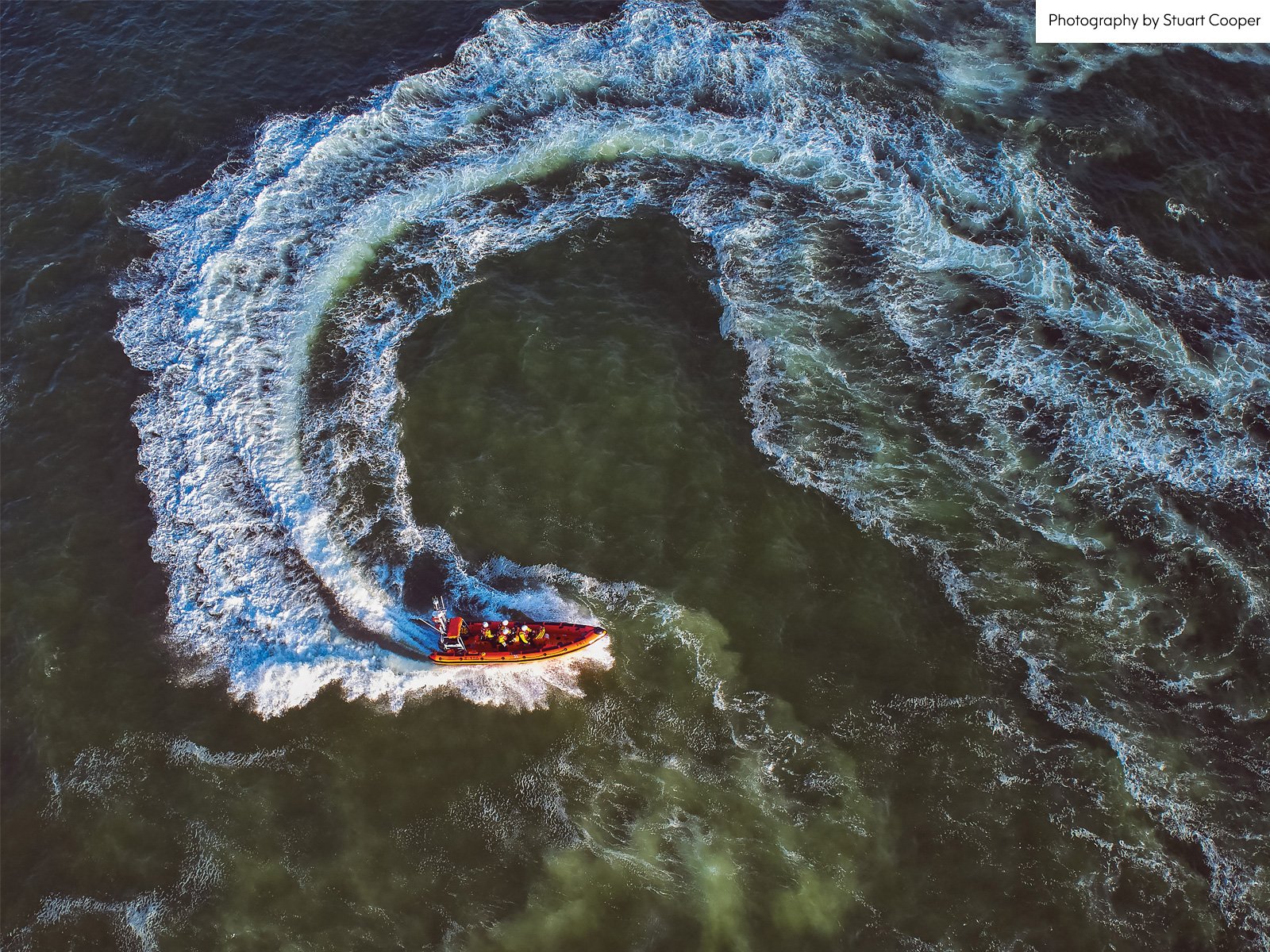
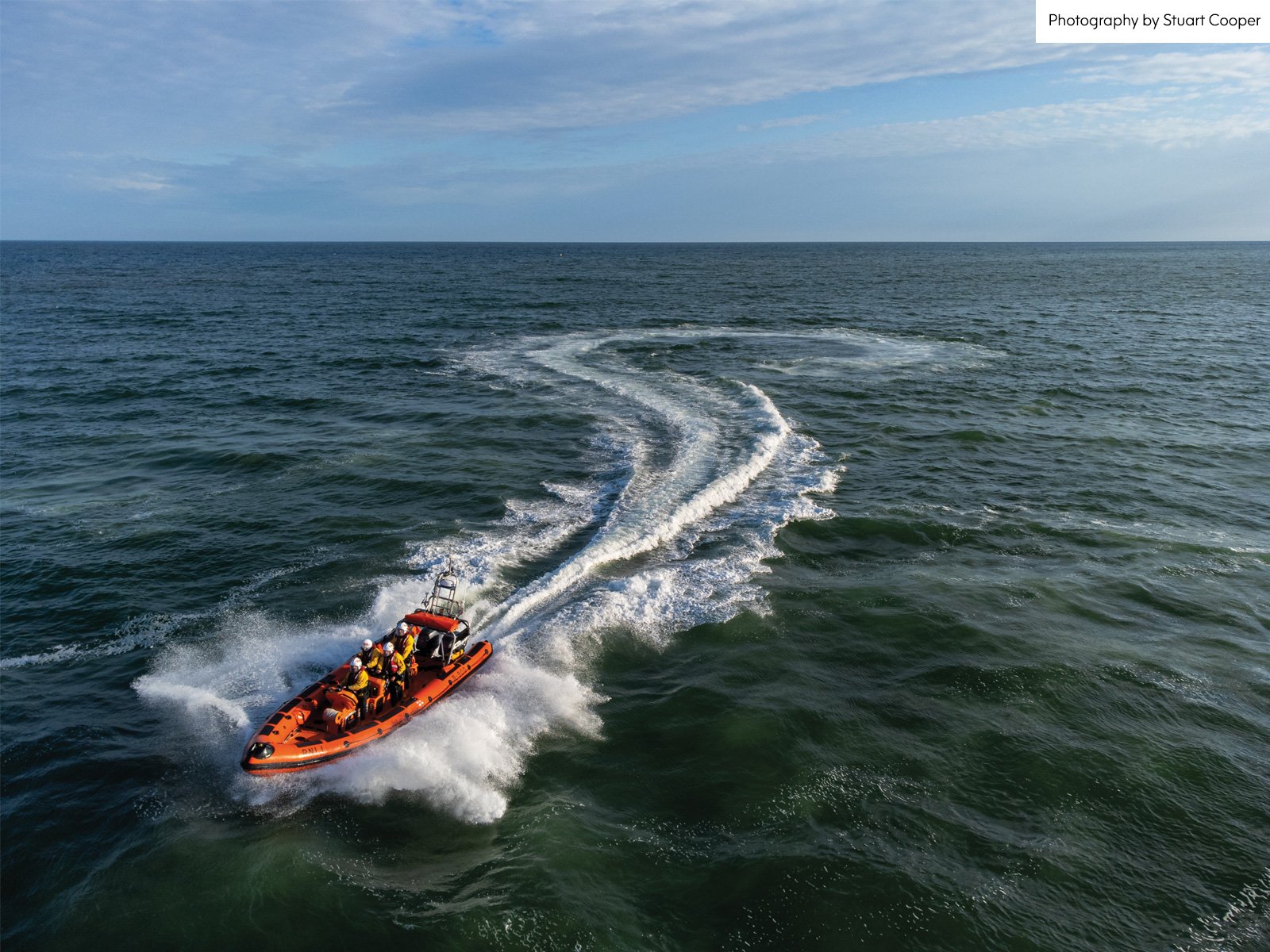
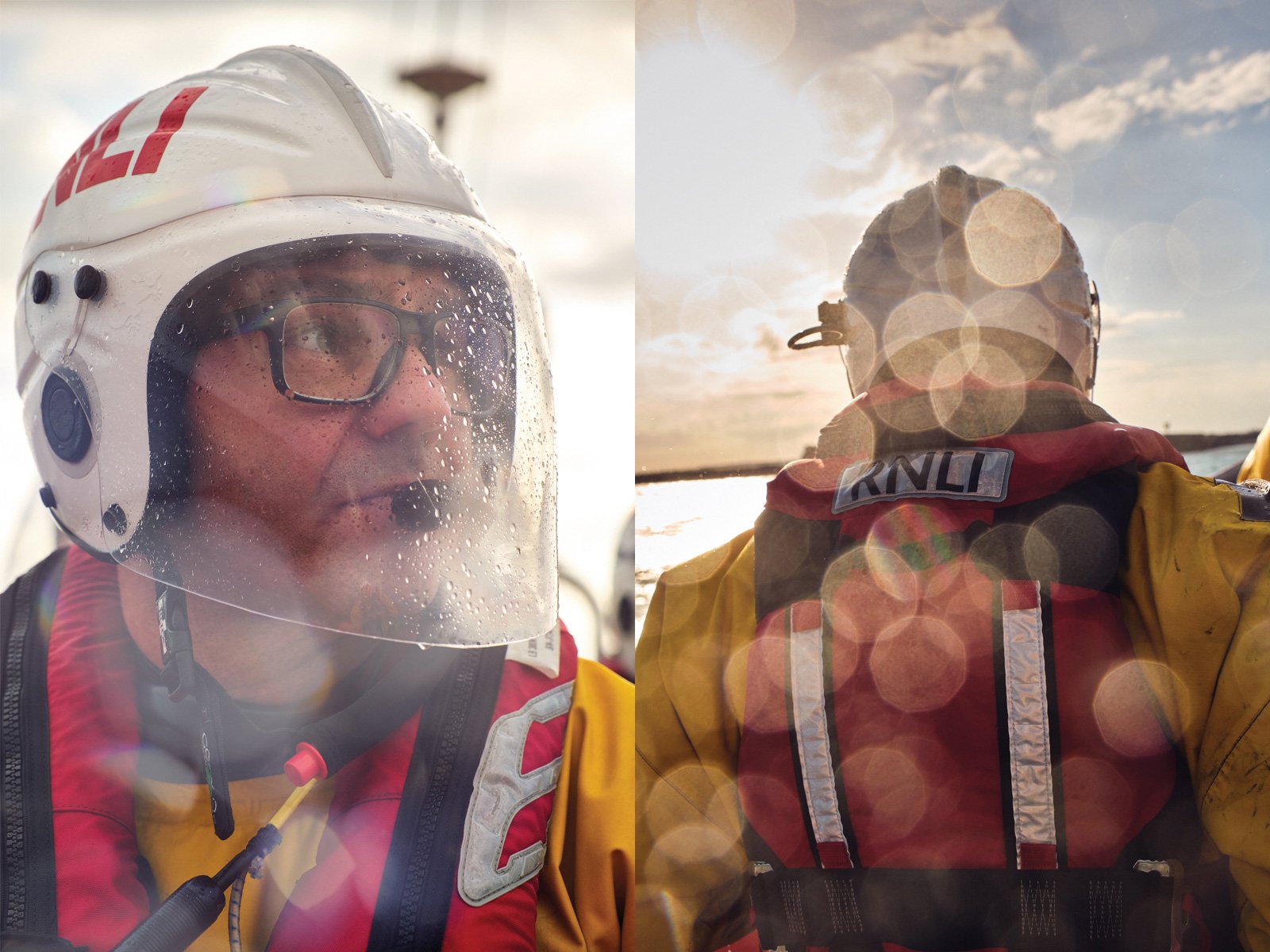
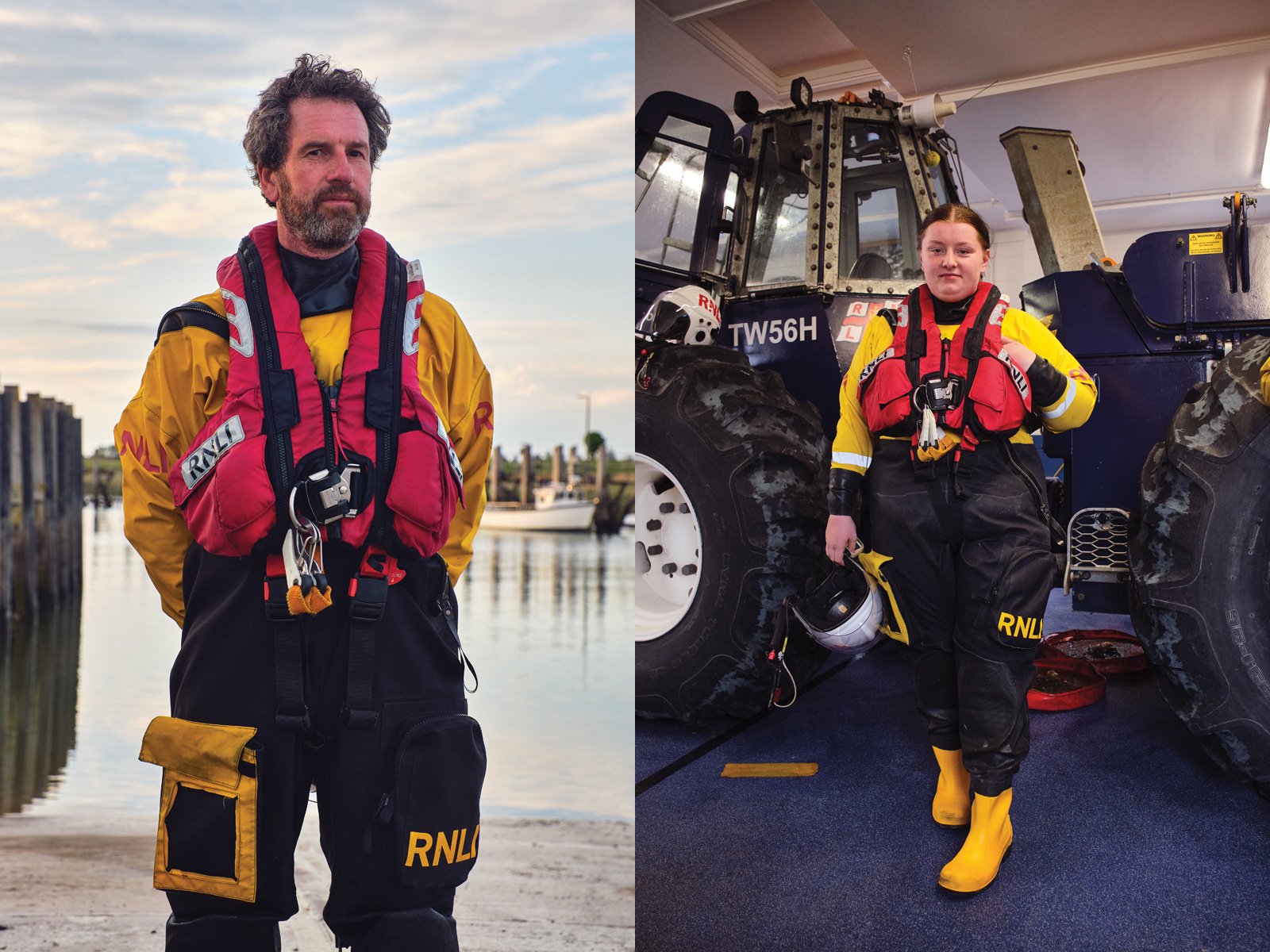
Two of my great uncles died in the disaster; we hold a memorial every year at the church, always the Sunday after Remembrance Sunday.
“Grandads used to say that the lifeboatmen were like iron men and wooden boats.”
These days we have powerful engines and electronics so it’s not comparable to what they did. The night of the disaster, they rowed out into Storm Eunice but on steroids, to try to find a boat about five miles Southwest of Dungeness. It was right out in the bay and a southwesterly gale, the worst in living memory, was blowing. They couldn’t find it because it had already been recovered by the vessel that hit it; there were no radios for communication back then. The launch signals were sent by telegraph and given priority, but the recall signals weren’t given priority as it wasn’t a life-saving message, and it was put to the bottom of the pile. There were maroon rocket and semaphore signals to try and recall the boat, but they didn’t hear those warnings. They rowed around for hours; I think it was as they were coming back towards the river, a big wave caught them and capsized the boat; that was it, game over.
Nan had the vellum of thanks from the institute above her chair. It had their names alongside some words saying they gallantly gave their lives in service and the certificate was given in recognition of their devotion to duty and the supreme sacrifice that they made, it now hangs on the wall of my office. Also, on the memorial in Rye Harbour grave yard there is the inscription which reads, “we have done that which was our duty to do”. Nan never spoke a word about it; it was too painful, even 50 years later; my grandad was the same. When my uncle joined the crew in 1966, so he was young, he was probably 16 or 17 years of age; she didn’t talk to him for a maybe a couple of years. She was convinced it was going to happen again. He then spent a life at sea; he couldn’t swim a stroke.
What did you do after leaving high school?
Stuart. As I got older, there wasn’t much to do after school, maybe hang out on street corners. I had my connection to the sea, and I was windsurfing from about age six and later learned to surf; my dad was into water sports. I spent a lot of time in the water,
off of Camber and some local lakes.
Then I went off to the University of Leicester to study English Literature. I felt about as far away from the sea as you and get; I don’t know why I did that. I have good memories from uni; I met my wife there. By that time, I had discovered drinking and smoking, so I wasn’t going out windsurfing much. After uni, we moved back down here and got a place in Hastings; not so long before our first child was born, we almost bought my nan’s house on Tram Road.
I’ve worked in recruitment most of my career. And while our kids were young, we moved back up to the Midlands near my in-laws. Then, after four or five years, we wanted to move back down.
My wife had worked for the NHS for quite a few years as a physio. Then, she started volunteering for the ambulance service as a community first responder. So she came down to Rye Harbour for a joint exercise with the RNLI. I had assumed that I lived too far away to volunteer for the Lifeboat, but she found out that they were desperate for available people in the daytime. And I run my own recruitment business from home, so I gave them a call; they checked me out, and the old operations manager Richard knew me from the memorial. He said I was a good bloke to his successor; that’s about as good as you can get from Richard. So I came down and was shown around, and they asked, do you want to go away and think about it? So I said, if you’ll take me, I’ll do it. That was back in 2018.
You have to want to do it; you are a volunteer and don’t get paid. There has to be something inside of you that makes you want to do it; it’s almost like an addiction. When the pager goes and gets you out of bed at 3 am in the morning, you have to get up and down to the harbour. I get laughed at because I usually turn up barefoot. My father-in-law said in his speech at our wedding; this is the first time I’ve ever seen Stuart wear shoes. I am just used to walking around barefoot, even when I was up North at uni. It is from growing up around here on the beach with your feet getting sandy and muddy; what is the point in having shoes.
Generally, we pick people up from the water and hand them over to the ambulance or the police; we don’t know the outcome a lot of the time. We want to do our part as quickly and safely as possible, especially if they need medical attention. We are trained to a certain level, CPR and broken bones; we can get them strapped up, but with ongoing treatment, we want to get them to an ambulance or helicopter where they have a paramedic and can get to the hospital in minutes.
We have about 35 operational crew on the roster, consisting of boat crew, shore crew, launch authorities, who communicate with the coast guard, mechanics and an army of fundraising volunteers. We can’t go to sea unless the boat can get in the water safely.We have highly trained amphibious tractor drivers; it is easy to launch in front of the Lifeboat station, but it can go completely underwater if you take it into the sea. Once the boat has gone, the tractor driver is on their own in a vehicle that weighs approximately 10 tons, in the sea, with waves breaking over it.
“We’ve got a rubber boat with two big engines; as soon as we come out that boathouse, all the weather is thrown at us. So there’s no hiding from that.”
“We train in all types of weather because you’ve got to be able to operate in all conditions.”
We need support, people, money, we are short on some areas of our crew. So, if we don’t have enough key people available in the week, in the daytime, the boat would have to go off service. So, we wouldn’t be available for search and rescue. Then next available Lifeboat along the coast will be made aware of that. So they might need to come into our area, leaving their area exposed and leaving a gap in the support chain.
We are not a political organization; we don’t play that game.
Volunteer.
www.rnli.org/support-us/volunteer
Make a donation.
www.rnli.org/support-us/give-money/donate
Shop Opening Hours.
Mon - Fri: 11 am - 3 pm | Sat: 10.30 am - 3 pm | Sun: 10 am - 2 pm
RNLI Rye Harbour Lifeboat Station.
Harbour Road, Rye Harbour, TN31 7TU
Visitor contact: Kt Bruce
kt@ktbrucephotography.com
Call. 01797 223693
Drone photography by Stuart Cooper - Clear Air Flying
Instagram

